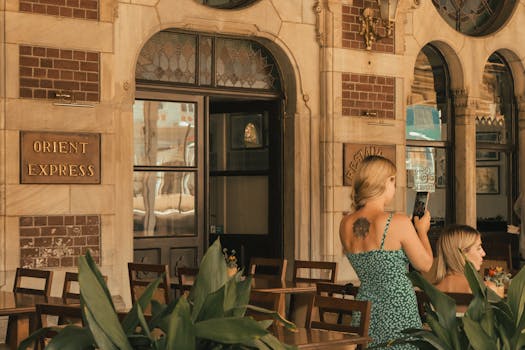
Traveling Through Time: How Europe’s Historical Heritage Shapes Modern Lifestyles in 2025
Traveling Through Time: How Europe’s Historical Heritage Shapes Modern Lifestyles in 2025. Europe, a continent steeped in history and culture, has a unique ability to blend the old with the new. From the ancient ruins of Greece and Rome to the modern cities of London and Paris, Europe’s historical heritage continues to shape modern lifestyles in profound ways. In this article, we will explore how Europe’s rich history and cultural traditions are influencing modern lifestyles in 2025.
Architecture and Urban Planning
One of the most visible ways in which Europe’s historical heritage is shaping modern lifestyles is through architecture and urban planning. Many European cities are built on the foundations of ancient settlements, with modern buildings and streets often incorporating elements of historical design. For example, the city of Rome is home to numerous ancient ruins, including the Colosseum and the Pantheon, which have been incorporated into the modern cityscape. Similarly, the city of Paris is famous for its historic boulevards and buildings, such as the Louvre and Notre-Dame Cathedral, which have been beautifully restored and maintained.
Art and Culture
Europe’s historical heritage is also shaping modern lifestyles through art and culture. The continent is home to some of the world’s most famous museums, galleries, and festivals, which celebrate the artistic and cultural achievements of the past. For example, the Uffizi Gallery in Florence, Italy, is one of the oldest and most famous art museums in the world, with a collection of Renaissance masterpieces that include works by Botticelli, Michelangelo, and Leonardo da Vinci. Similarly, the Venice Film Festival is one of the most prestigious film festivals in the world, showcasing the best of European and international cinema.
Food and Drink
Another way in which Europe’s historical heritage is shaping modern lifestyles is through food and drink. European cuisine is famous for its rich diversity and complexity, with many traditional dishes and ingredients dating back centuries. For example, Italian cuisine is famous for its pasta dishes, pizzas, and risottos, which have been perfected over centuries. Similarly, French cuisine is renowned for its fine wines, cheeses, and haute cuisine, which have been influenced by the country’s rich culinary history.
Festivals and Celebrations
Finally, Europe’s historical heritage is shaping modern lifestyles through festivals and celebrations. Many European countries have a rich tradition of festivals and celebrations, which are often tied to historical events or cultural traditions. For example, the Tomatina festival in Spain is a famous food fight festival that takes place every year in the town of Buñol, where participants throw tons of tomatoes at each other. Similarly, the Carnival of Venice is a colorful and elaborate festival that takes place every year in the city of Venice, with participants dressing up in elaborate costumes and masks.
In conclusion, Europe’s historical heritage is continuing to shape modern lifestyles in 2025 in profound ways. From architecture to art, and from food to festivals, the continent’s rich history and cultural traditions are influencing the way we live, work, and play. Whether you are interested in history, culture, or simply exploring new places, Europe has something to offer everyone.





